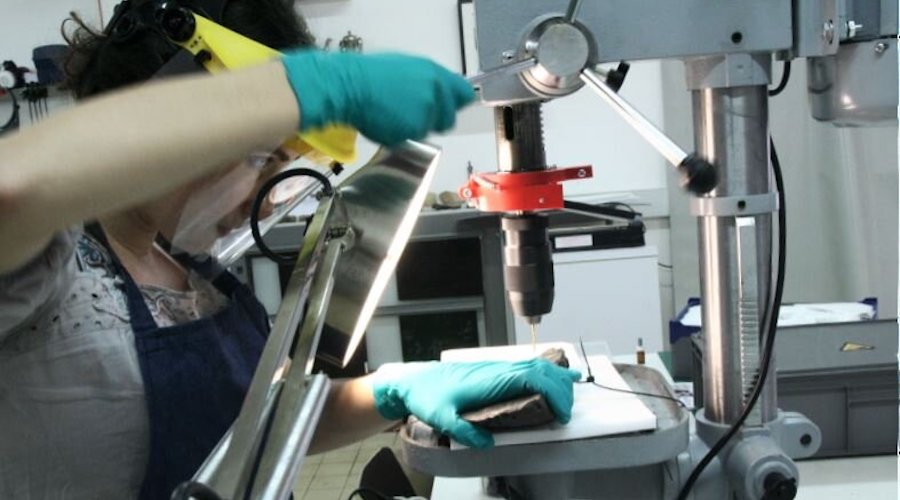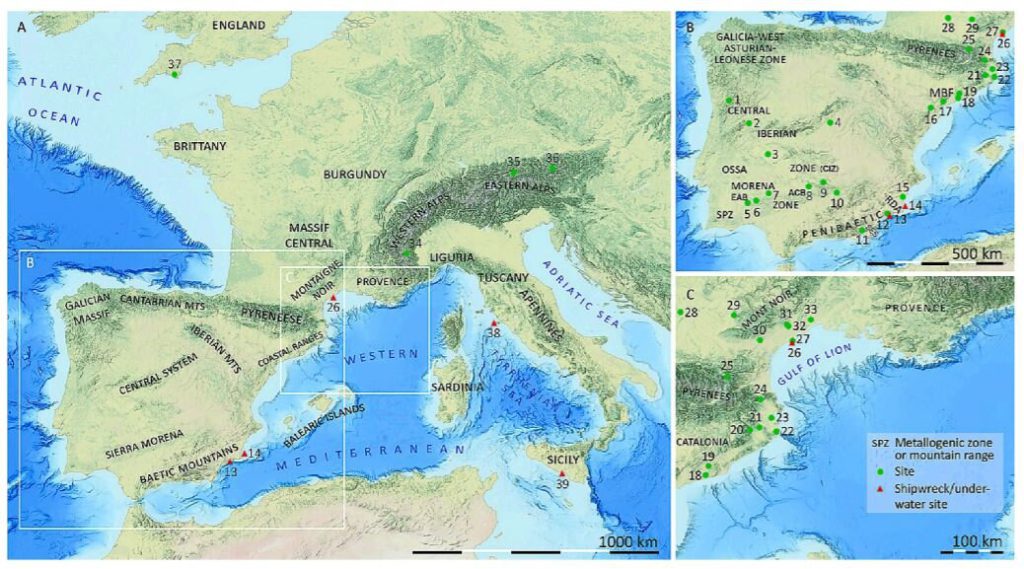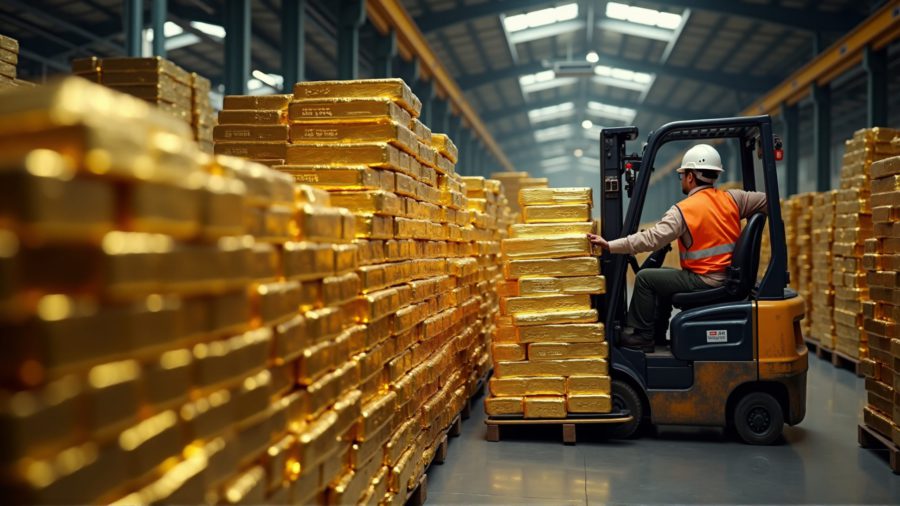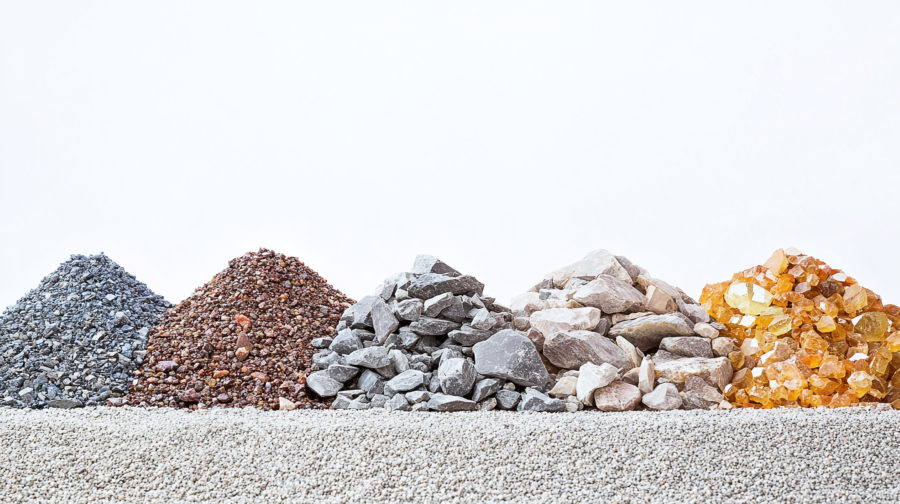Pure copper ingots unlock secrets of Iron Age trade routes

Archaeologists from Flinders University and the Institute of History (CSIC) in Spain have conducted elemental and lead isotope analyses of ancient copper ingots and unlocked secrets of Early Iron Age trade routes and how Indigenous Mediterranean communities functioned about 2,600 years ago.
The Iron Age metal items were recovered from the underwater site of Rochelongue in southwestern France, which was discovered in 1964 and dates to about 600 BCE.
The site is believed to host four small boats with cargo that included 800 kilos of copper ingots and about 1,700 bronze artifacts. They contain very pure copper with traces of lead, antimony, nickel and silver.
According to the researchers, the isotope analysis shows the composition of different ingots in the cache is consistent with Iberian and also eastern Alpine metalliferous sources, and possibly some Mediterranean sources—illustrating that water trade and movement was active in this period between Atlantic, Continental and Mediterranean circuits.

The discovery, thus, provides a key to investigating the coastal mobility and cultural interactions between the Languedoc area in France and the broader Western Mediterranean basin in 600 BCE—before permanent Greek settlement occurred in this region.
In a paper published in the Journal of Archaeological Science, the team behind the study also pointed out that while the various sizes, shapes and composition of the ingots found at Rochelongue show they originated from diverse geographical sources, the elemental and lead isotope analyses provide much more comprehensive knowledge, showing that a broad and diverse exchange network existed in this period for metals that includes continental and maritime routes.
“These metallic objects are important diagnostically because they lend themselves to source tracing of geological components, and technological studies of their processing and manufacture,” Wendy van Duivenvoorde, co-author of the study, said in a media statement.
“The copper ingots were made of unalloyed copper with low levels of impurities—and more than half can be linked to the Iberian Peninsula. This points to the circulation of metal through the wider Mediterranean region, but also to local and western alpine mining and manufacture, and possibly north-western Sardinia.”
In van Duivenvoorde’s view, the Rochelongue items speak of Indigenous agency rather than maritime intervention.
More News
Gold that flowed into US in tariff bet now slowly trickles out
April 14, 2025 | 12:57 pm
PDAC video: Gabon’s Millennial Potash aims to become Africa’s first potash miner, CEO says
April 14, 2025 | 12:00 pm
{{ commodity.name }}
{{ post.title }}
{{ post.date }}




Comments